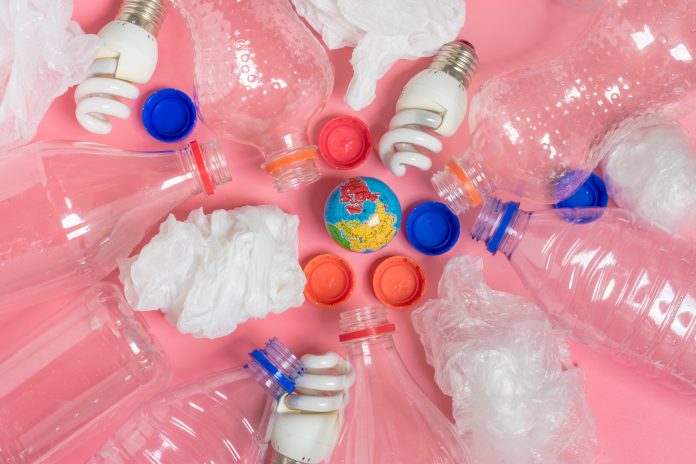Alana Sorokin, Founder of Joseph & Alexander, suggests ideas to make sure the next generation prioritise sustainable development
Children are the basis for all dimensions of sustainable development. They have a right to thrive, develop to their full potential, and live in a sustainable world.
The next generation is surrounded by many influential role models in society, such as parents, siblings, teachers, friends, and even television characters. Their learning occurs through being explicitly taught by others, through direct observation, through participation in activities and through sharing information.
As such, if children are at the centre of our sustainable goals, we must educate the next generation to ensure sustainable development becomes a priority for them.
Sustainability in early childhood education, at home and in school, is an important part of a child’s upbringing. The older generation has the responsibility to make sustainable education a part of everyday practices, rather than a topic or theme to consider for a short time, it needs to be embedded within day-to-day learning.
Sustainable education enables educators and children to promote a sense of responsibility, show respect for our natural environment, be active participants and bring about inquiry and social change.
Here are a few sustainable tips that I incorporate not only within my company, but also at home with my family.
Encourage children to participate in a recycling program
Kids love being given responsibilities for special tasks. So enthuse them about recycling and get them to help you with the task of collecting and sorting all the household recyclable waste each week. You may want to reward them for their efforts with a star chart, which can earn them a treat, such as an outing or a new book, or simply a bit more pocket money or a nice cake.
Sustainable Clothing
We live in times when clothing is incredibly cheap and practically disposable when new items appear each season only to be replaced by the latest trend. This has led us to throw away perfectly serviceable items. Luckily, children are quick to grasp concepts and they understand that buying clothes made from polluting, artificial fibres made by child labour in third world countries is no great thing. Furthermore, get a swap group organised with local mums, at playgroup or school. Swap your outgrown clothes and toys for ones that are more appropriate for your child.
Go green at school
Talk to your kid’s teacher about taking old household products into school to be used in art projects. Encourage them to buy recycled or sustainable stationery and give your kids recycled pencil cases and lunchboxes. Also, at home, you can also buy books with environmental content to share with the children.
Use the car less
Walk your children to school to give them some daily exercise and cut down on harmful carbon emissions. Use public transport as much as possible. You can also teach kids about carbon emissions from household use by getting them to help load the washing machine or dishwasher fully before running it (or wash up by hand) and encourage them to turn off televisions, games consoles and computers.
Save energy by turning it “off”
Ask children to be responsible for noticing lights, fans and other appliances left on when not in use. Likewise, choose ‘Water Savers”, asking them to be responsible for noticing taps left on when cleaning teeth or bathing.











